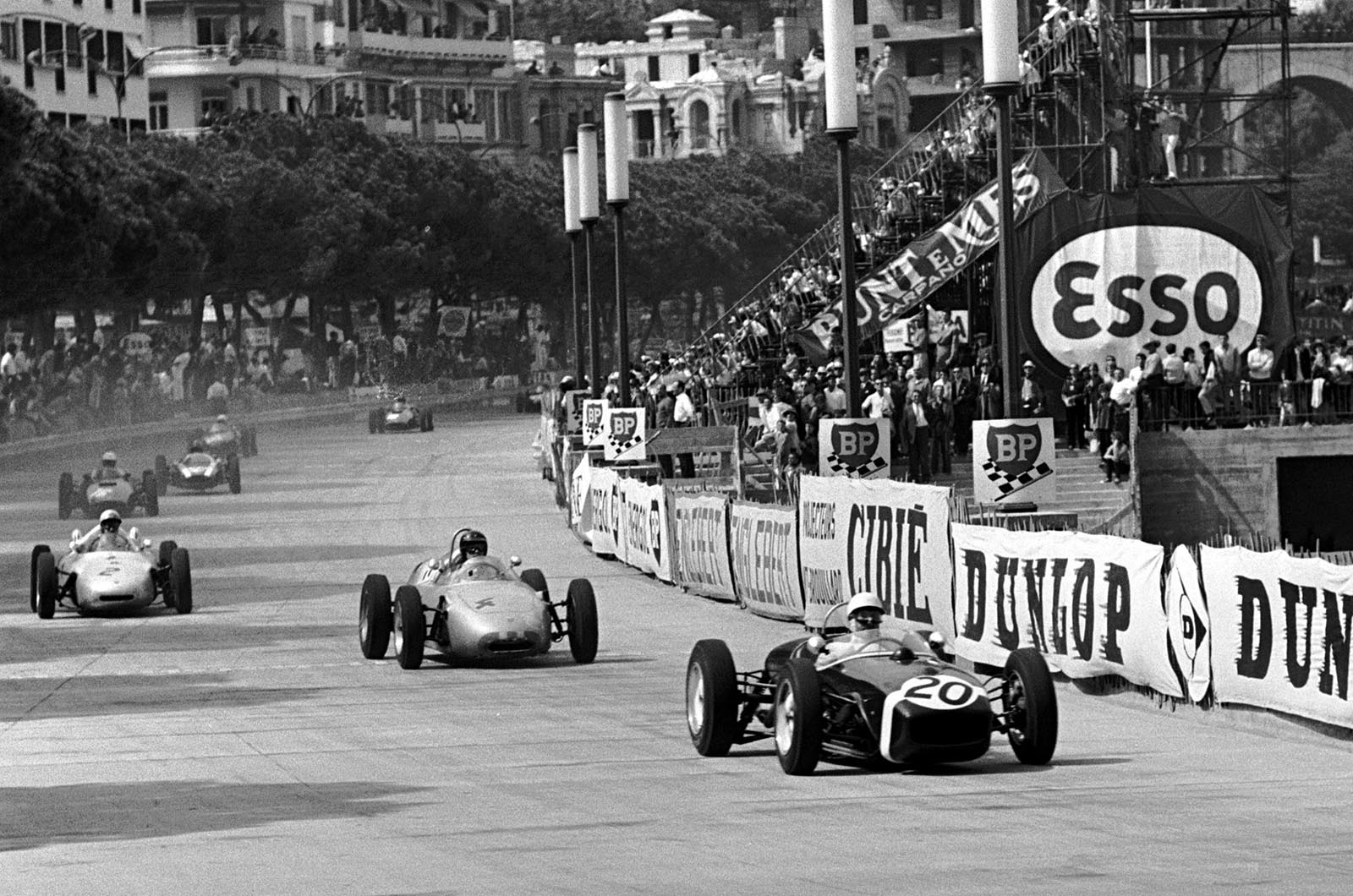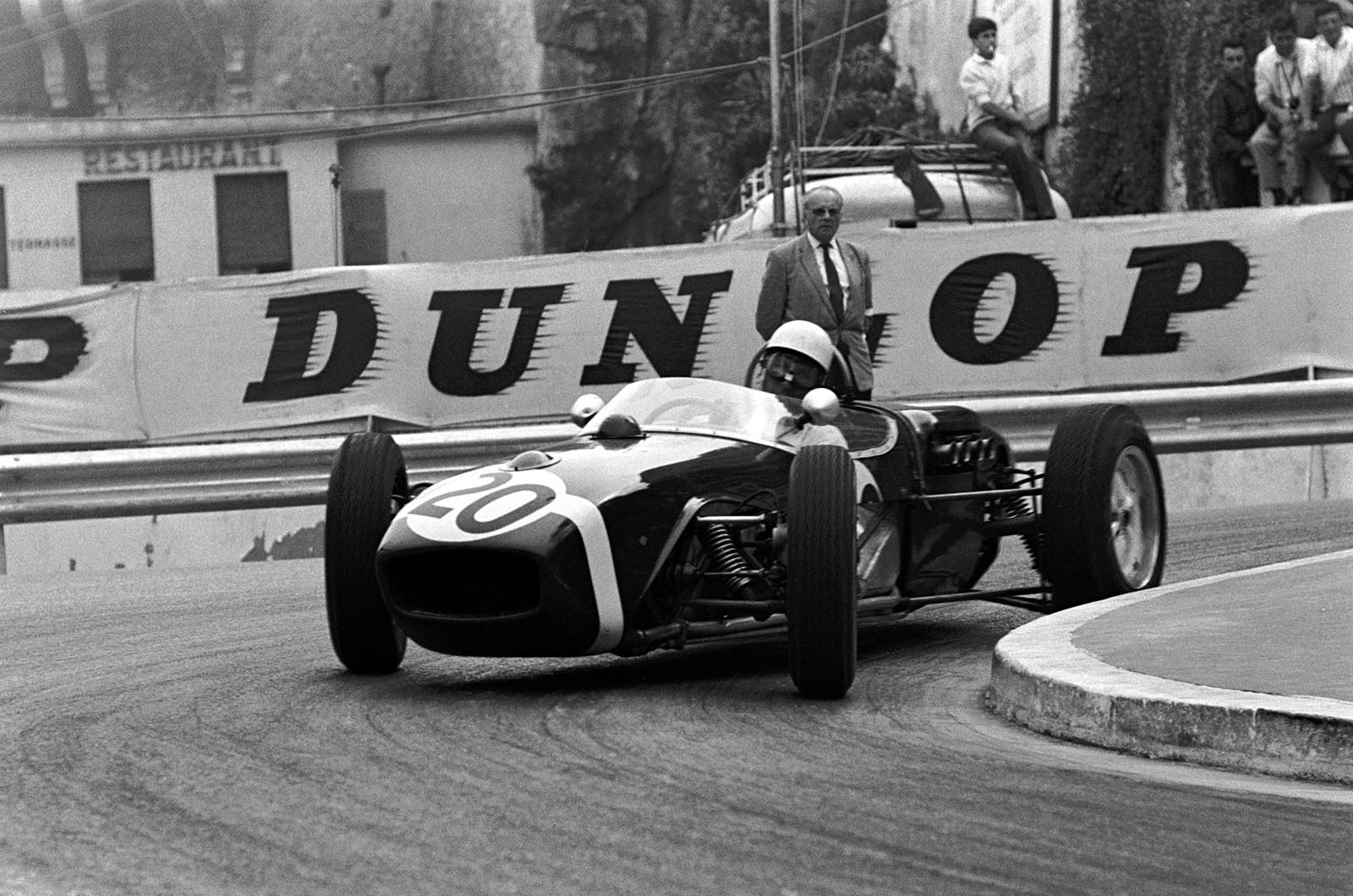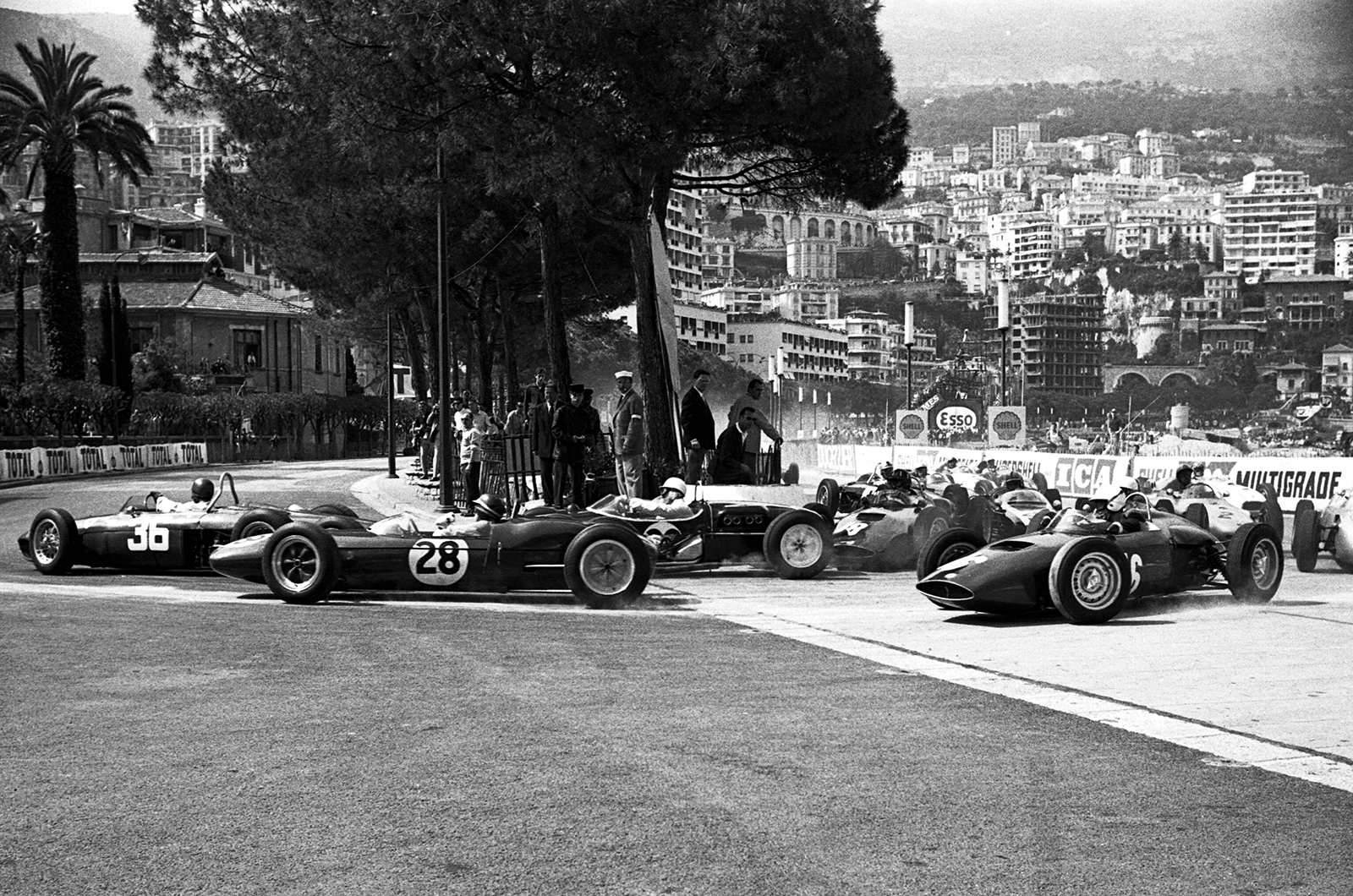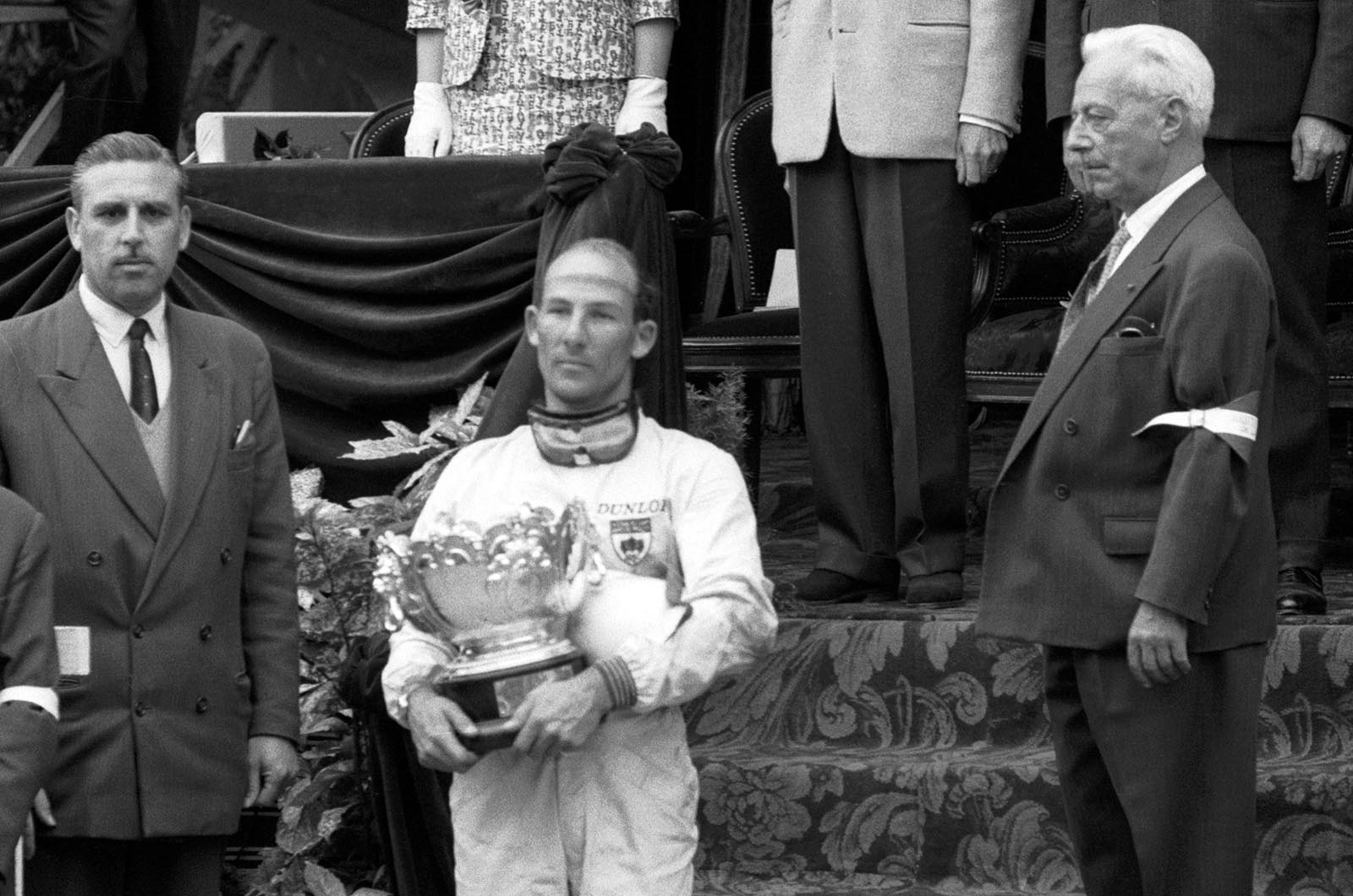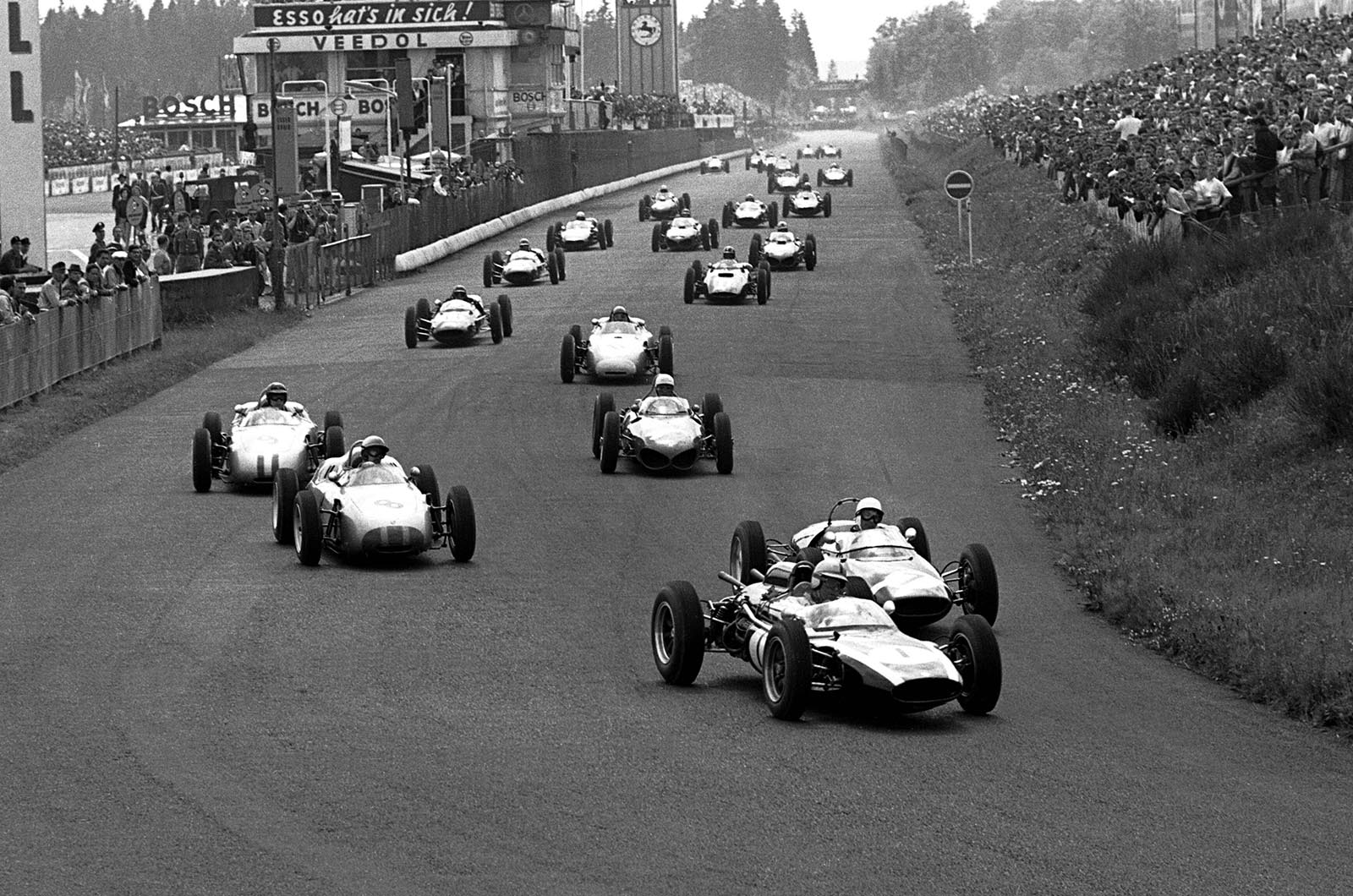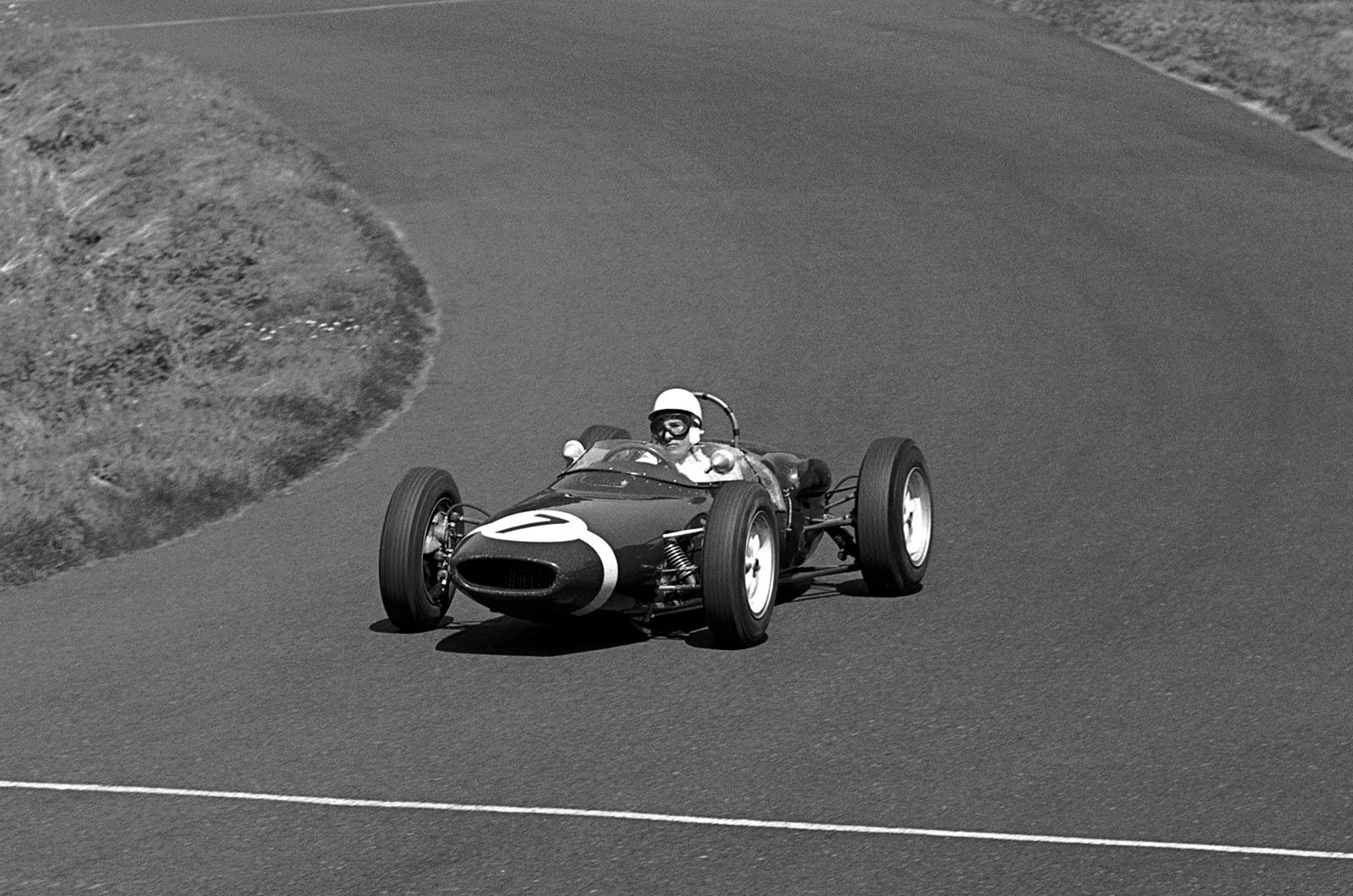
Join us as we celebrate the breathtaking talent of the man so often described as “the greatest driver never to win the World Championship”…
Richie Ginther had an impressive motorsport career. Not only was he a works driver for Ferrari and BRM, he later moved to Honda and gave the Japanese team its first victory at the 1965 Mexican Grand Prix.
And yet he always considered his greatest race to be one in which he finished runner up.
At the 1961 Monaco Grand Prix, after an epic race-long battle, Ginther crossed the line 3.6 seconds behind Stirling Moss.
The little American considered Moss to be the best driver he ever competed against, and was well aware that many – including the man himself – rated the win as Stirling’s finest.
Years later, Ginther reflected that finishing within 3.6 seconds of the maestro’s greatest drive was “just fine” with him…
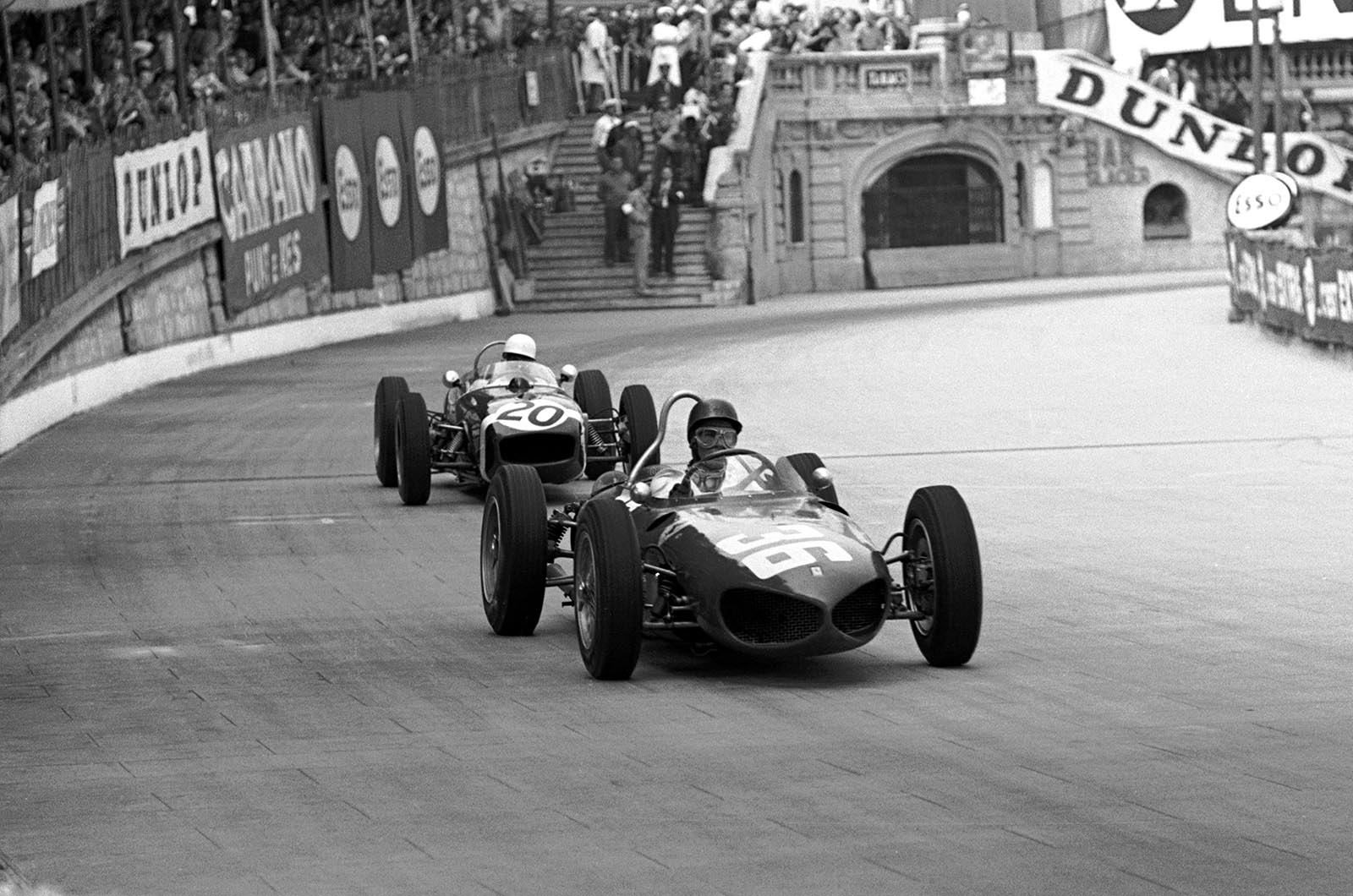
Ginther (Ferrari 156) leads Moss (Rob Walker Lotus 18) – they'd swap places by the chequered flag
That year was the first of the 1.5-litre formula, and Ferrari was by far the best prepared for it.

